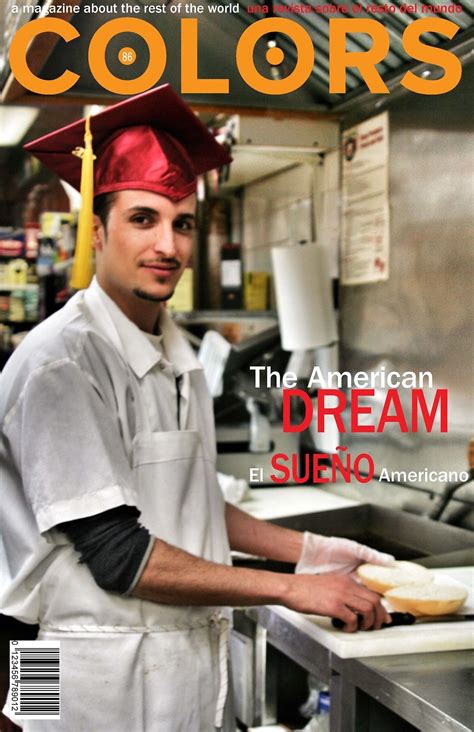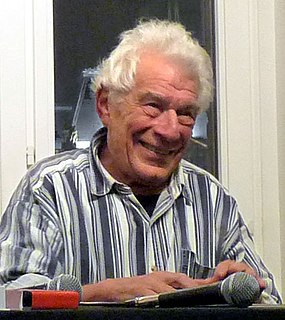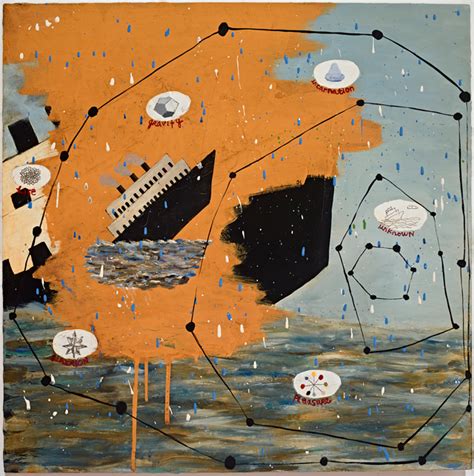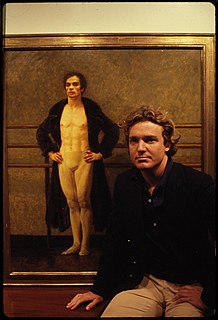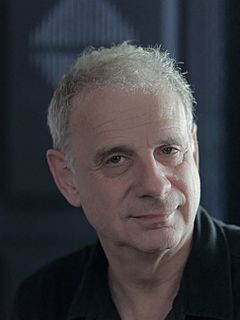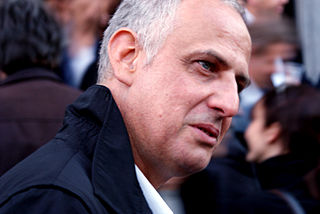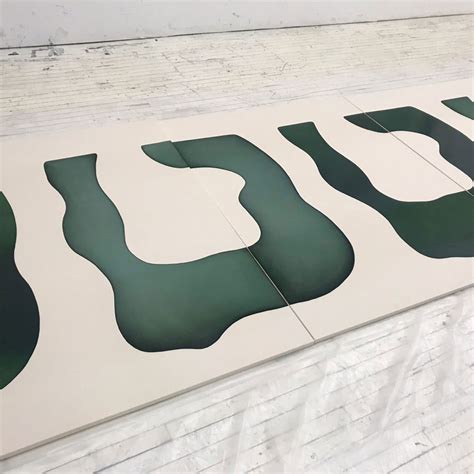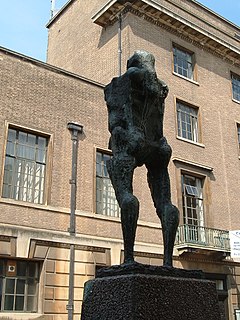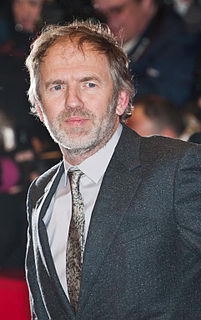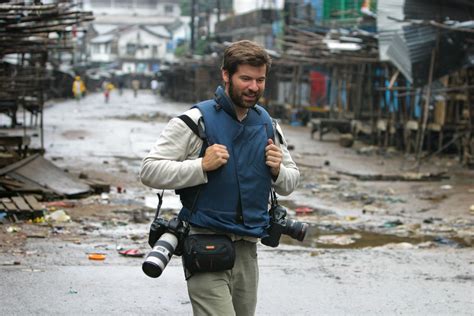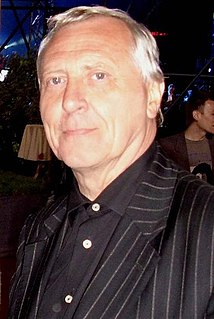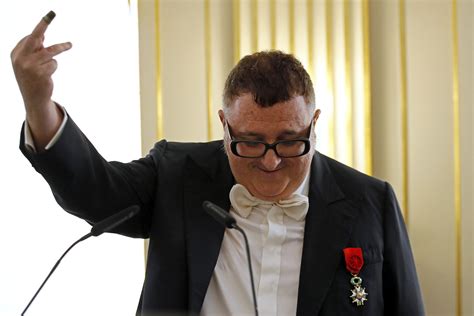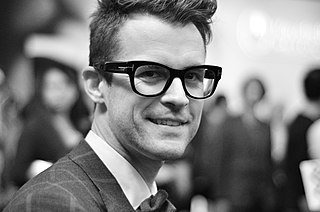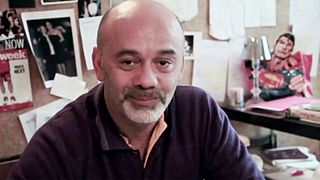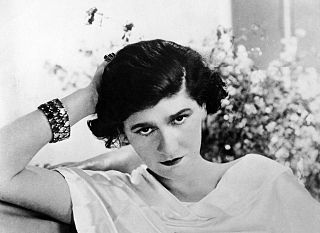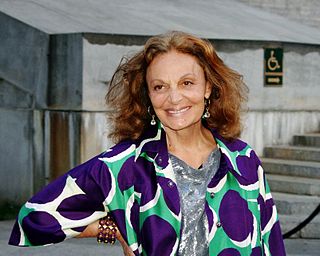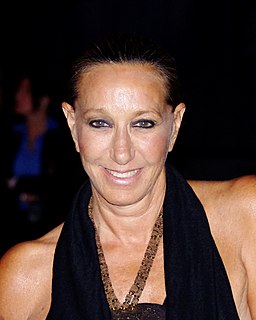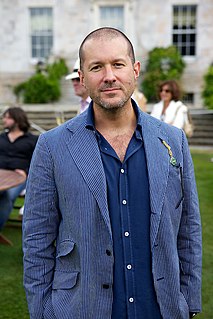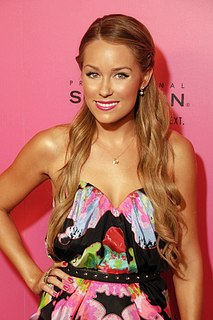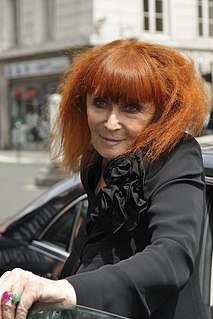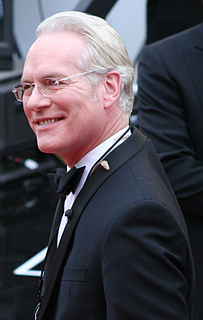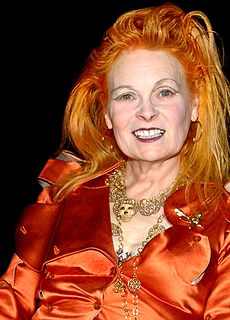A Quote by Tibor Kalman
Some people... cling to the idea that the photograph is an inherently real or honest image and as such is always on a different plane from an obviously subjective form of visual communication such as painting.
Related Quotes
Memes can be visual. Our image of George Washington is a meme. We don't actually have any idea what George Washington looked like. There are so many different portraits of him, and they're all different. But we have an image in our head, and that image is propagated from one place to another, from one person to another.
Pictures are the idea in visual or pictorial form; and the idea has to be legible, both in the individual picture and in the collective context - which presupposes, of course, that words are used to convey information about the idea and the context. However, none of this means that pictures function as illustrations of an idea: ultimately, they are the idea. Nor is the verbal formulation of the idea a translation of the visual: it simply bears a certain resemblance to the meaning of the idea. It is an interpretation, literally a reflection.
What I think confuses things is when people approach painting as an inherently expressive or personal medium. We still tend to have this expectation of purity with painting, this idea not only that the artist must be reflected in his or her canvases, but more importantly, that this is where one finds meaning.
The image cannot be dispossessed of a primordial freshness, which idea can never claim. An idea is derivative and tamed. The imageis in the natural or wild state, and it has to be discovered there, not put there, obeying its own law and none of ours. We think we can lay hold of image and take it captive, but the docile captive is not the real image but only the idea, which is the image with its character beaten out of it.
